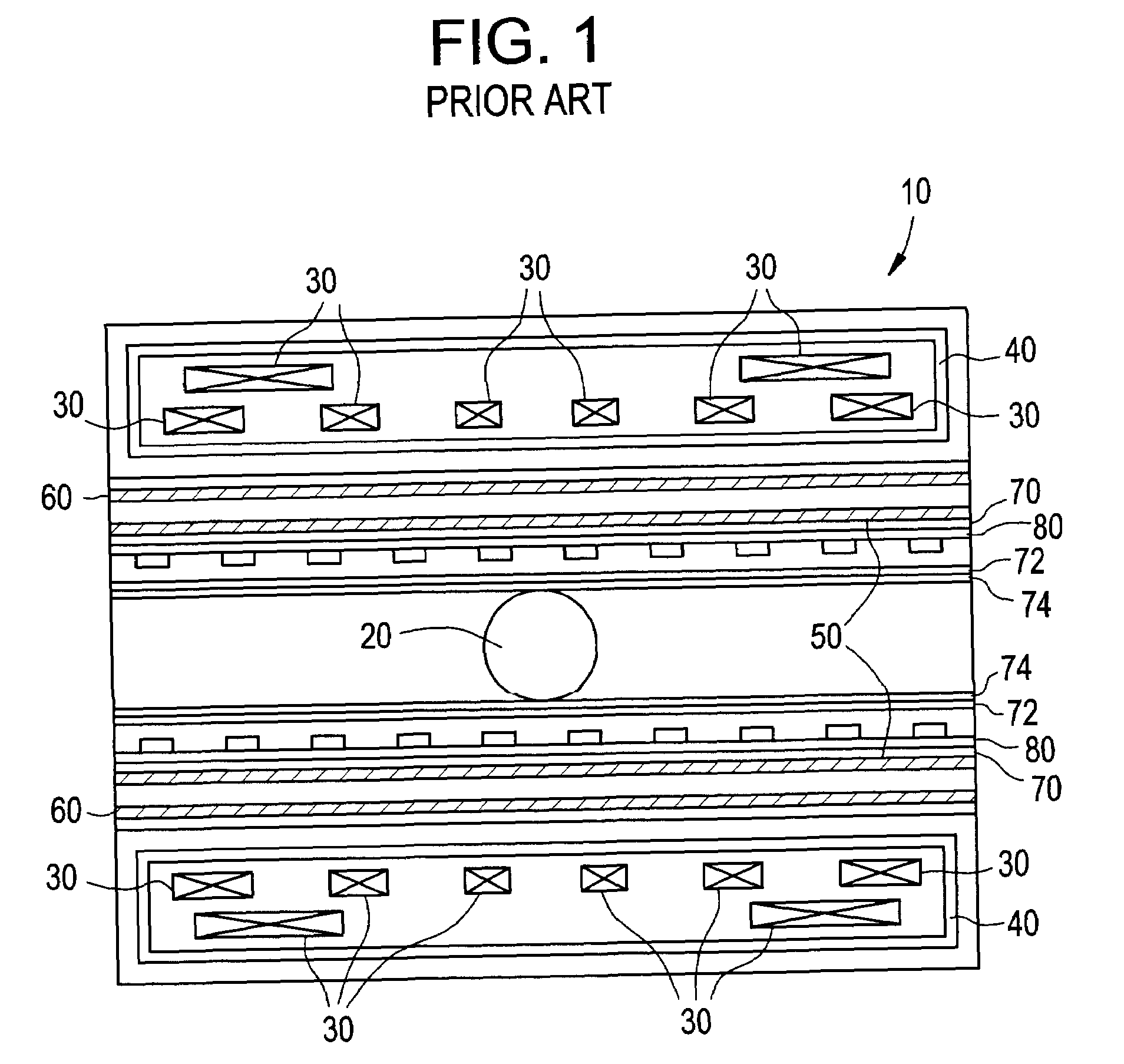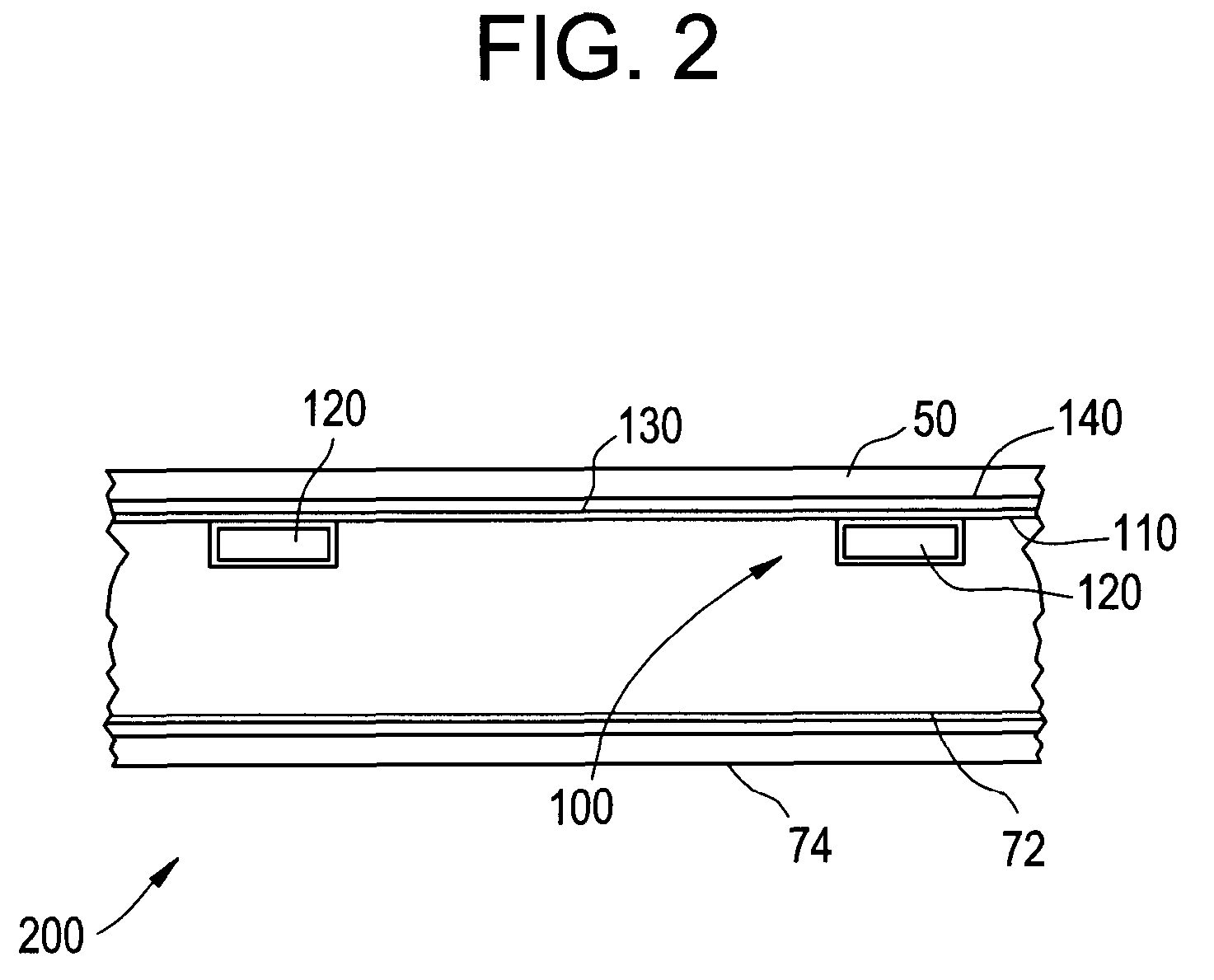Gradient bore cooling providing RF shield in an MRI system
a gradient coil and imaging system technology, applied in the direction of instruments, magnetic measurements, measurement devices, etc., can solve the problems of reducing the normally reducing the normal attainable signal-to-noise ratio of imaging devices, and reducing the efficiency of imaging devices
- Summary
- Abstract
- Description
- Claims
- Application Information
AI Technical Summary
Benefits of technology
Problems solved by technology
Method used
Image
Examples
Embodiment Construction
[0024]Reference will now be made in detail to presently preferred embodiments of the present invention. Wherever possible, the same reference numbers will be used throughout the drawings to refer to the same or like parts.
[0025]As shown in FIG. 1, known superconducting (SC) MRI devices 10 typically employ windings 30 for generating a homogeneous magnetic field in an image volume 20, the windings 30 operating in liquid helium to maintain the temperature at approximately 40° K. The liquid helium pool requires a vessel 40 which is vacuum tight and which meets American Society of Mechanical Engineering (ASME) pressure vessel requirements; such a vessel 40 is typically made of welded aluminum alloy cylinders and flanges. Thermal radiation shields (not shown), of which two are typically used, are also made of welded aluminum pieces and contain the helium vessel 40.
[0026]When the gradient coils 50 in the bore of the MRI device 10 are electrically pulsed, the resulting time changing magneti...
PUM
 Login to View More
Login to View More Abstract
Description
Claims
Application Information
 Login to View More
Login to View More - R&D
- Intellectual Property
- Life Sciences
- Materials
- Tech Scout
- Unparalleled Data Quality
- Higher Quality Content
- 60% Fewer Hallucinations
Browse by: Latest US Patents, China's latest patents, Technical Efficacy Thesaurus, Application Domain, Technology Topic, Popular Technical Reports.
© 2025 PatSnap. All rights reserved.Legal|Privacy policy|Modern Slavery Act Transparency Statement|Sitemap|About US| Contact US: help@patsnap.com



